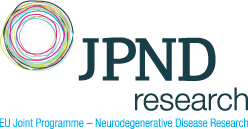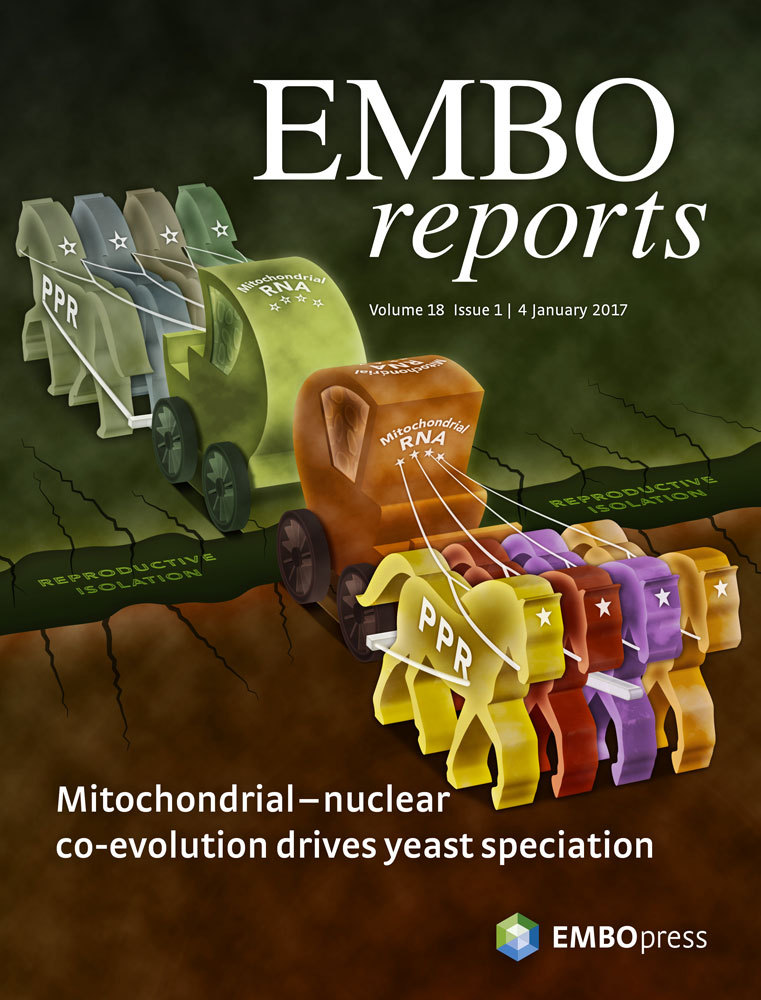PROP-AD: Propagation behaviour of peripheral amyloid-β towards brain structures: effects of the blood-brain barrier
National funding organisations: NFR (Norway), BMBF (Germany), MOH (Israel), SRC (Sweden), AKA (Finland)
EU funding: JPco-fuND
2016-2021
![]()
![]()
![]()
![]()
![]()
![]()
Coordinator:
Jens Pahnke, University of Oslo (UiO), Department of Neuro-/Pathology, Translational Neurodegeneration Research and Neuropathology Lab, Oslo, Norway
Partners:
Claus Pietrzik, University of Mainz, Germany
Dan Frenkel, University of Tel Aviv, Israel
Maciej Lalowski, University of Helsinki, Finland
Henrik Biverstål, Karolinska Institute, Stockholm, Sweden
Collaborators:
Bengt Winblad, Stockholm
Marc Baumann, Helsinki
Alex Abelein, Stockholm
Abstract:
Protein aggregation strongly depends on amino acid sequence and overall folding behaviour. In the light of Creutzfeld-Jacob disease (CJD) it has been discussed whether or not similar folding and aggregation mechanisms are found in other neurodegenerative diseases without being infectious but transmissible as CJD. Amyloidoses are a group of proteopathies in the peripheral organs and the central nervous system with specific aggregation behaviour leading to beta-sheeted aggregates of specific proteins, which can be stained using Congo Red dye. By definition these aggregates show bi-fringence in polarised light, and only then they are called amyloidoses. During the recent years it has been discussed whether β-sheeted species can serve a folding matrix and also to propagate disease-related, misfolded/misaggregated proteins.
In the proposed project, we plan to analyse how specifically-labelled proteins/amyloids can reach the brain from the periphery (peritoneum, spleen, gut/intestinal lymph nodes) using MS isotope tags.Special emphasis lies thereby on recently discovered clearance mechanisms. We will utilize a set of new mouse models with functional abrogation at the blood-brain barrier (humanized ABC transporter, TGFβ1 knockout, and LRP1 knockout mice) and isotope-labelled amyloids to detect the spatial and temporal distribution behaviour of peripherally injected amyloid-β (Aβ). Using innovative technologies, including focused laser capture dissection linked to mass spectrometry and mass spectrometry imaging, and isotope mass-labelling we will be able to detect routes of propagation of peripheral Aβ towards the brain. Additionally, we are interested to decipher sequence variants of Aβ with enhanced or reduced propagation propensity. We assume that the results of this project will have broad impact on the understanding of the propagation behaviour of peripheral amyloids and will help to assess whether there is a common risk for the population by peripherally spreading or administered amyloids to advance towards the brain. We can directly transfer our findings to the patient’s situation in providing kinetics data of periphery to brain propagation of Aβ, its dependency in transmembrane transport and possible routes of interference for therapeutic purposes.
Funding information:
PROP-AD is an EU Joint Programme – Neurodegenerative Disease Research (JPND) project. The project is supported through the following funding organisations under the aegis of JPND – www.jpnd.eu (AKA #301228 – Finland , BMBF #01ED1605- Germany, CSO-MOH #30000-12631 – Israel, NFR #260786 – Norway, SRC #2015-06795 – Sweden). This project has received funding from the European Union’s Horizon 2020 research and innovation programme under grant agreement #643417 (JPco-fuND).
Results and data publication – open access
OSF.io: 10.17605/OSF.IO/VNGPM
MassIVE: 10.25345/C57H1DR1J
Peptide Atlas: PASS01757
Isotope-labeled amyloid-β does not transmit to the brain in a prion-like manner after peripheral administration
Brackhan M, Calza G, Lundgren K, Bascuñana P, Brüning T, Soliymani R, Kumar R, Abelein A, Baumann M, Lalowski M, and Pahnke J
EMBO reports – 27th May 2022
PubMed PDF
Resources / Links:
Meilahti Proteomics Center
Pietrzik lab
Frenkel lab






